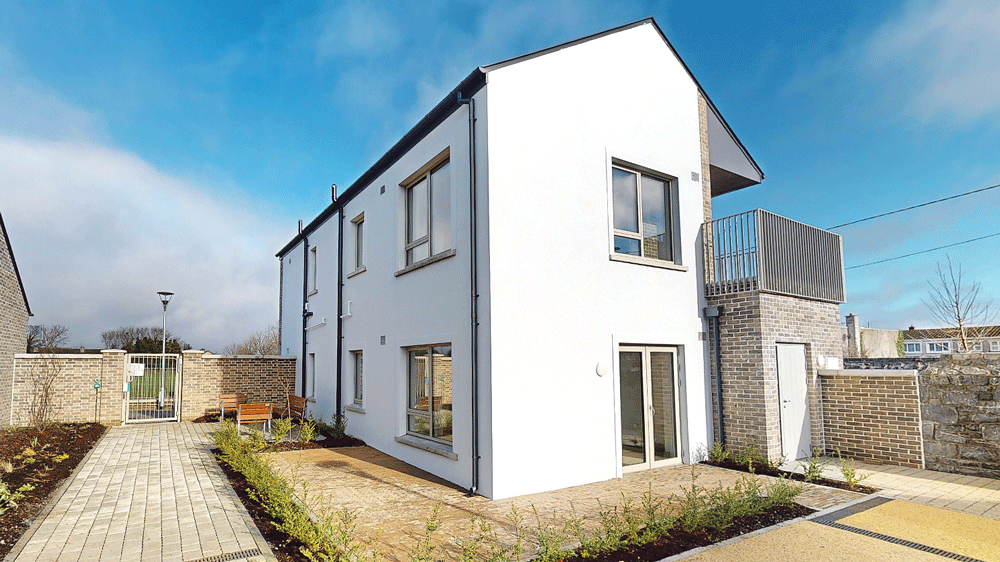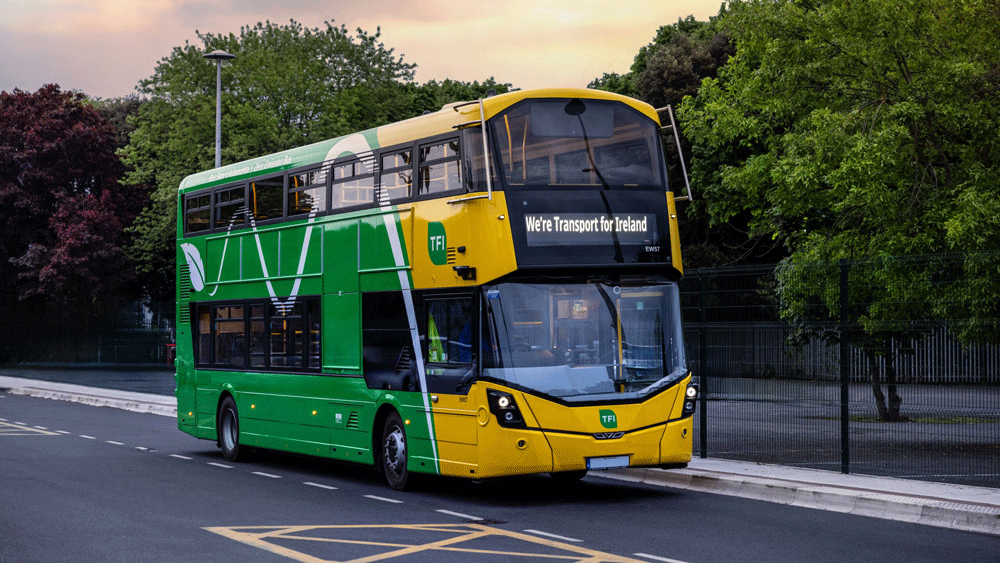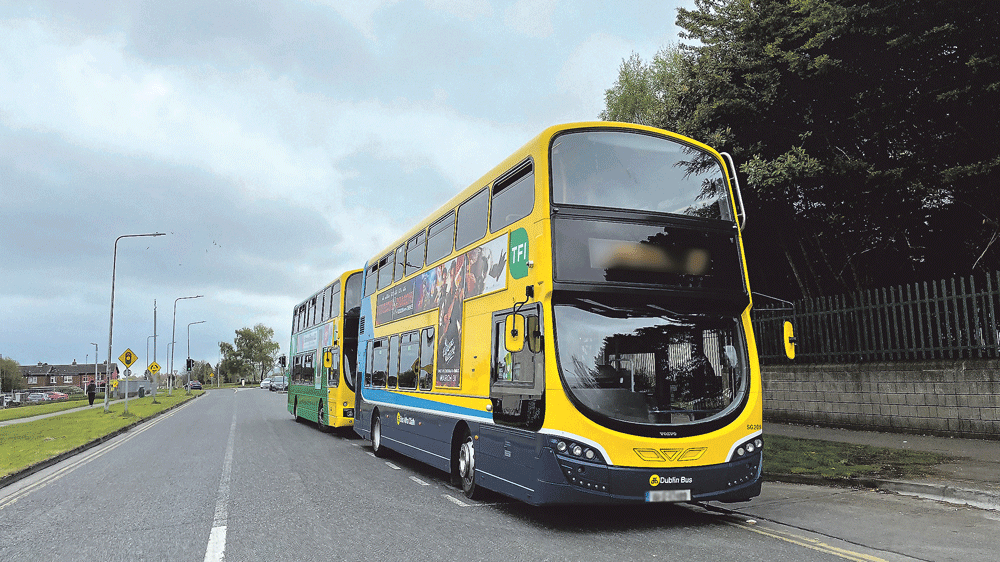

Former Ulster Bank plans for 26 apartments approved
The former Ulster Bank on Tallaght’s Main Street is set to be demolished to make way for up to 26 apartments.
Planning permission has been granted to developers Connmurr Projects for construction of two new buildings on the site of the former bank branch.
Block A will be a three-storey mixed-use building with a retail unit opening onto Old Blessington Road/Main Street and four one-bed apartments overhead.
Block B is a proposed five-storey located to the rear of the site, accessed by a side lane connected to Old Blessington Road, consisting of 22 apartment units (eight one-bed, four two-bed and 10 three -bed units).
There was strong opposition to the development from local representatives, with Tallaght Community Council (TCC) stating in their objection that the development was “not architecture-led, plan-led, context-led, conservation-led, landscape-led, environment-led, or ecology-led”.
They, along with Cllrs Jess Spear (PBP-S) and Niamh Whelan (SF), objected to the development’s height and density, as well as the loss of commercial space on the village main street.
The planning application stated that vehicular and pedestrian entrance to Block B “is accessed by a side lane connected to Old Blessington Road”, however it was highlighted that Connmurr Projects “had not demonstrated legal right of way for access to the rear of the site, raising concerns about the legality and feasibility of the proposed development”, according to an objection filed by Cllr Louise Dunne (SF).
In a letter to the council, the developer said that the “laneway has been in continuous use for over 100 years, establishing a prescriptive easement under Irish law (Prescription Act 1832 and Land and Conveyancing Law Reform Act 2009)”.
“As the original owner is unknown and untraceable, written consent cannot be obtained,” they said, asking that the council accept the “long-established right as sufficient legal basis” for right of way and works on the laneway.
Granting permission for the development on Monday, November 3, South Dublin County Council said they were satisfied with the evidence from the developer, and that should it transpire that legal rights “do not exist in the manner presented by the applicant as part of this planning application, the matter will become a legal one dealt with between the effected landowner’s legal representatives”.
Funded by the Local Democracy Reporting Scheme





